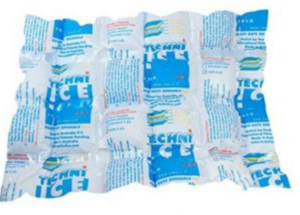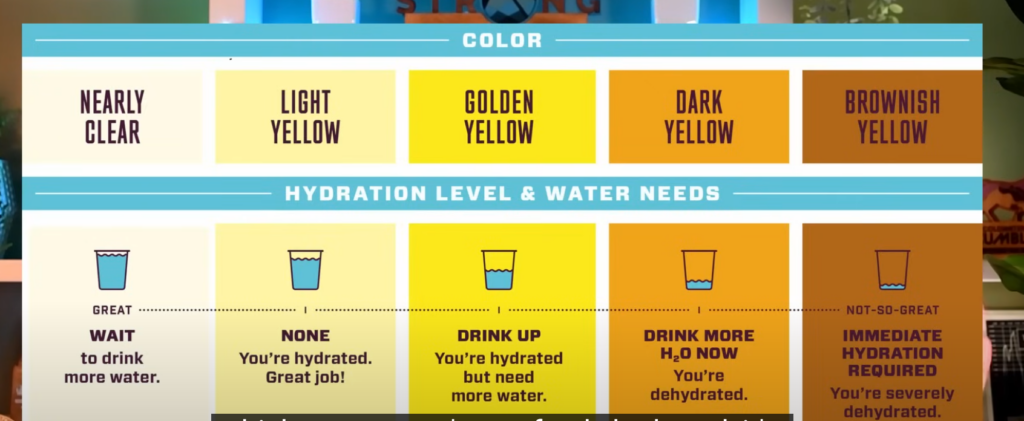Running, especially long-distance running such as marathons, places significant stress on the body. Pain, soreness, and muscle fatigue are common after intense runs, and proper recovery is essential to avoid injury and maintain performance. To relieve running pains, runners typically use a combination of rest, active recovery, stretching, hydration, nutrition, and therapeutic techniques like ice therapy and massage. The goal is to manage inflammation, promote circulation, and support the body’s natural healing processes.
Apply Ice/Gel Pack As Soon As Possible
 Immediately after a long run or race, one of the most effective ways to reduce muscle soreness and inflammation is the application of ice or cold therapy. Gel packs are particularly popular because they are reusable, conform to the shape of the body, and provide targeted relief. Runners often apply gel packs to areas with the most soreness—commonly the knees, calves, quads, hamstrings, and ankles. Ice therapy works by constricting blood vessels, which reduces swelling and numbs pain. For best results, gel packs should be applied for 15–20 minutes at a time, with a barrier like a towel to protect the skin from frostbite. Many elite runners use gel packs in conjunction with other cryotherapy methods, such as ice baths, especially in the first few hours post-race.
Immediately after a long run or race, one of the most effective ways to reduce muscle soreness and inflammation is the application of ice or cold therapy. Gel packs are particularly popular because they are reusable, conform to the shape of the body, and provide targeted relief. Runners often apply gel packs to areas with the most soreness—commonly the knees, calves, quads, hamstrings, and ankles. Ice therapy works by constricting blood vessels, which reduces swelling and numbs pain. For best results, gel packs should be applied for 15–20 minutes at a time, with a barrier like a towel to protect the skin from frostbite. Many elite runners use gel packs in conjunction with other cryotherapy methods, such as ice baths, especially in the first few hours post-race.
Beyond icing, active recovery plays a major role in long-distance runner rehabilitation. Gentle movement like walking, light cycling, or swimming helps flush out lactic acid and increases circulation without overloading fatigued muscles. This kind of low-impact activity can speed up recovery and reduce the duration of muscle stiffness. Additionally, stretching and foam rolling are crucial for maintaining flexibility and reducing muscle tension. Dynamic stretching before runs and static stretching after can help prevent tightness from building up in the hips, hamstrings, and calves.
Hydration & Nutrition Recovery
Hydration and nutrition are also key components of recovery. Long-distance running depletes the body of fluids, electrolytes, and glycogen. Rehydrating with water and electrolyte-rich beverages, and replenishing energy stores with a balanced meal high in carbohydrates and protein, supports muscle repair and reduces fatigue. Some runners also use anti-inflammatory foods like berries, turmeric, ginger, and leafy greens to naturally combat inflammation.
Rest Is Equally Important
Rest is equally important. Quality sleep is when most muscle repair and recovery occurs, so runners are encouraged to prioritize sleep in the days following a marathon. Compression garments are another tool some athletes use to aid circulation and reduce swelling in the legs during recovery. Massage therapy—whether professional or self-administered using massage guns or foam rollers—can also help by loosening tight muscles and stimulating blood flow.
Relieving running pains and recovering from long races requires a well-rounded approach. Gel packs are a convenient and effective tool for managing acute pain and swelling after long runs. However, lasting recovery involves a combination of cold therapy, active movement, proper nutrition, hydration, stretching, rest, and sometimes massage. By incorporating these practices, runners can support their bodies, reduce the risk of injury, and bounce back stronger for future training and races.